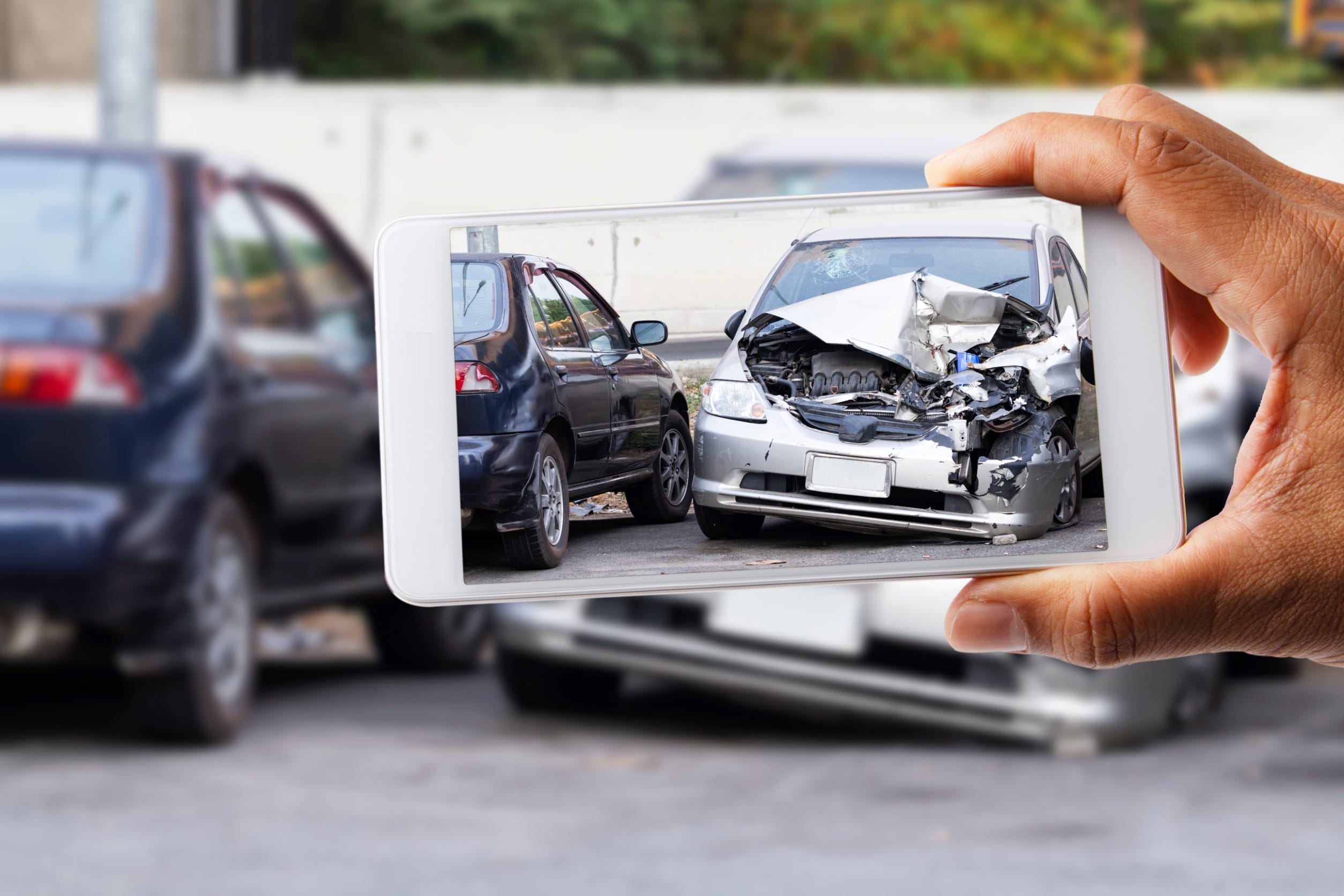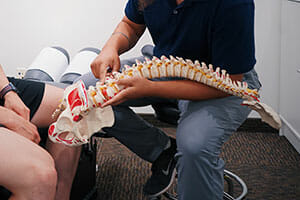A Personal Injury Lawyer Helps Win Compensation
After an accident that is not your fault, you may be wondering, what is the average payout for a head injury? The average payout for a head injury varies, because compensation depends on many factors such as the severity of the injury, the effects on the victim’s life, the amount of care they will need, and whether the person will be able to function and work again in the future. Some head injuries can cause devastating mental, emotional, and physical effects that affect the victim and their family for life, so payouts in a successful personal injury lawsuit can be very high. Depending on the circumstances, payouts could range from a few thousand dollars for an accident victim who recovers from the head injury after a couple of weeks to a six- or seven-figure payout for someone who is left paralyzed and unable to lead a normal life. Since there are so many head injury types, symptoms, and contributing conditions, it is difficult to calculate the average payout for a head injury. If you or a loved one has suffered a head injury or someone has died due to a head injury caused by someone else’s negligence or fault, you may be able to receive compensation that helps pay for your costs, expenses, and the pain and suffering that result. The amount you will receive will be based on your individual circumstances and the factors surrounding your case, not on some hypothetical average. Your best bet for winning maximum compensation is to contact a personal injury lawyer experienced with head injuries who knows how to get you the best payout possible.
How much is a head injury claim worth? Many factors go into determining how much your head injury claim is worth. After an accident that results in a head injury, your personal injury lawyer should evaluate your case and approximate what it should be worth and what kind of settlement to go after. Your attorney will look at factors that include:
Fault: To win your case, your attorney would have to show that another party behaved in a negligent or reckless manner and was at fault for the accident that led to your injuries. Once your attorney can prove fault, they can pursue a claim from that person’s insurance company. Negligence doesn’t have to involve intent. The person at fault probably didn’t intend to injure you, but that fact doesn’t matter in a personal injury case. Proving negligence legally means showing the existence of the following elements:
- The person owed you a duty of care.
- That person failed or ignored that duty.
- This failure caused the accident that injured you.
- You suffered actual damages as a result.
The Extent, Seriousness and Permanence of Your Injuries
There are a wide range of effects caused by head injuries. More minor injuries may be external such as bumps, bruises, and open wounds and may not affect the brain. A traumatic brain injury (TBI), on the other hand, is an injury that affects the brain. It happens when a sudden, external physical assault damages the brain. The Brain Injury Association of America reports that over 1.5 million people face traumatic brain injuries (TBI) every year; at least 50,000 individuals will die from their injury; and approximately 80,000 will face life-long injuries and rehabilitative care. According to Mayo Clinic, a significant TBI can leave the victim unable to speak or interact with family members. The victim may experience a significant reduction in quality of life while undergoing care and rehabilitation efforts to overcome the injury. Debilitating injuries from a TBI can last for weeks, months, or years. Some people never recover fully from a TBI, suffering from memory loss and an inability to concentrate forever. More severe brain damage from head injuries may include catastrophic symptoms that include paralysis, coma, cognitive impairments, and emotional and behavioral changes that might significantly impair personal relationships and quality of life, or even cause death. Someone diagnosed with a severe TBI after an accident that another person caused could receive a large, above-average settlement amount.
Costs and Expenses: Your settlement amount should reflect any medical bills and other costs that include:
- Expenses for ongoing treatment, care, and rehabilitation
- Costs of medications and medical equipment
- Lost wages and future earnings lost because of the lingering effects of your injury
- Funeral costs, if there has been a wrongful death
- Property damaged in the accident.
Emotional and Physical Pain and Suffering: Your settlement amount should reflect any ongoing pain you may have and any long-term reduction in your quality of life.
Whether a Death is Involved: Complications from a TBI could lead to a fatality for the victim. If this occurs, the victim’s family could file a wrongful death lawsuit against the party that caused the injury.
Your Individual Situation and Characteristics: Characteristics such as age, occupation and earning power, family situation, and prior health and medical history may also affect the settlement value. Juries tend to be more sympathetic if an injured person is young and likely to need a lifetime of care.Another factor that determines whether your payout in a head injury lawsuit will be more or less than average is the skill of your lawyer. Insurance companies are out for profit and have high-powered attorneys working so they can pay out as little as possible. To get the full compensation you deserve, you should find an experienced lawyer who knows how to negotiate and fight for the optimum settlement possible.
What is the Average Payout for a Car Accident Injury?
Head injuries frequently result from car and other vehicle accidents, and, like payouts for head injuries from other accidents, there is a wide range of settlement amounts possible. Victims of car accidents that were caused by another party’s negligence or fault are entitled to compensation that includes coverage for their monetary losses such as such as medical and rehabilitation bills, costs of continuing care, lost wages and future income, and costs of modifying a home or vehicle to accommodate a wheelchair. In addition, you may also receive compensation for non-economic damages that do not have a specific dollar value but negatively affect your life, such as pain and suffering and emotional anguish and anxiety from dealing with the aftermath of the accident. The more serious the head injury, the higher the potential settlement, but the average payout amount depends on the factors already discussed, as well as the insurance coverage and assets of the defendants that can go toward a settlement. In many car accident cases, the insurance company for the defendant will attempt to shift the blame from their client to the victim. Let your attorney handle all communications and negotiations with insurance companies, and have your attorney review any offers from insurance companies that you are tempted to accept. By accepting any offer, you will be forfeiting your right to ask for additional compensation should your injuries worsen or your losses exceed the amount you are offered.
Personal Injury Cases after a Head Injury
The Washington State Legislature sets the time limit for filing a personal injury claim at three years from the date of the accident. However, the State of Washington does not limit the amount you can request after your head injury. Because there’s no maximum amount, our attorneys can adjust the amount we request from the insurance company based on the severity of your injuries. The experienced head injury attorneys at Strong Law have the ability to draw upon what we’ve learned in past cases to ensure that we ask for the fairest possible amount for your injuries. Rather than focusing on what is the average payout for a head injury, our team focuses on your individual case and what you deserve to truly compensate you for your injuries.
How Our Lawyers Determine What Amount to Request
Our head injury attorneys start the process of determining what amount to request by studying your case. We focus on what makes your case unique. These specific items in your case help us figure out what amount would represent a fair settlement for you. Just because we settled another case involving a head injury for a certain amount doesn’t mean your case will settle for the same amount. Each case is different. Although we may study results from similar past cases, we don’t limit ourselves by what happened in those cases. We focus on your case and on your needs for your life going forward.
Call Our Brain Injury Lawyers to Protect Your Rights
At Strong Law, our legal team understands the complexities that are part of a TBI lawsuit. We know how to study the facts in the case to prove exactly what happened in your accident. We will interview your doctors to determine what kind of future you’re facing. You deserve to receive respectful and professional treatment from all parties involved. Count on our brain injury lawyers to fight tirelessly to help you receive the award you deserve. We’ve won seven-figure settlements for some of our past clients, as well as some lesser settlements for less serious injuries. Do not delay, as head injury victims have limited time to file a personal injury lawsuit after an accident. The statute of limitations for filing a lawsuit is two years in Washington. With some rare exceptions, the courts will refuse to hear your case if you fail to file by this deadline.
Strong Law operates offices in Tacoma, Portland, and Salt Lake City. For a free review of your head injury case or of any other personal injury case, contact us as soon as possible at 206-210-1399.












